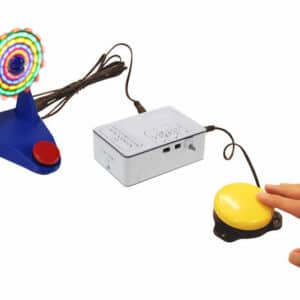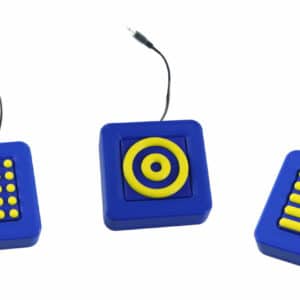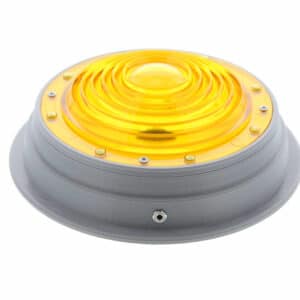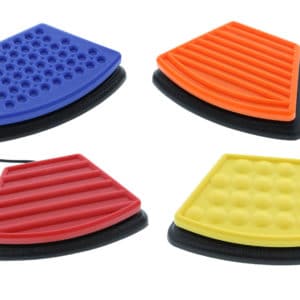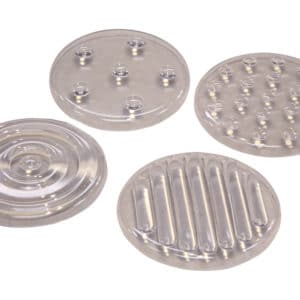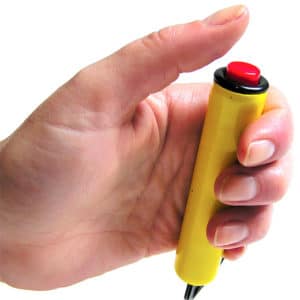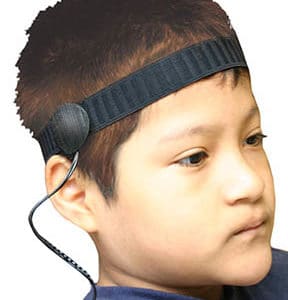Switches - Adaptive
Categories
- Gumballs & Jumbos
- Hand, Finger & Body Switches
- Lights, Vibration and Music Switches
- Pillow Switches
- Plate Switches
- Saucer Switches
- Sip, Puff & Mouth Switches
- Special Switch Offer
- Special Switches & Kits
- Switch Modifiers
- Textured Switches
- Theme & Animal Switches
- Wheelchair & Bedside Switches
- Wireless, Movement & Sound Activated Switches
-
Switch Assessment KitsSKU #7750WThese value-packed chests are bursting with proven capability switches to suit all your assessment needs.$1,069.95 – $1,368.95
Select options This product has multiple variants. The options may be chosen on the product page
-
Switch ModifierSKU #605A wise choice for those with uncontrolled movements or tremors, this ingenious device transforms any momentary switch into an on/off or timed one.$99.95
Add to cart
-
This set of three tactile switches are great for the visually impaired as well as sensory seekers. The 2" x 2" activation surface features three patterns: dots, lines and circles.$99.95
Add to cart
-
Improved design! All it takes is a gentle touch to activate this sense-ational switch that plays a 20-second long message, as it lights up and vibrates.$199.95
Add to cart
-
Textured Orbit Ball SwitchSKU #887This colorful unusually textured ball inspires tactile exploration. Touch it and be rewarded with glowing rainbow lights, music and subtle vibration.$139.95
Add to cart
-
Textured Plate Switches – Set of 4SKU #7226Light-touch tactile switches activate with the slightest movement.$135.95
Add to cart
-
Textured Roller SwitchSKU #639This special roller switch provides pleasing tactile stimulation that will make users want to roll it again and again.$199.95
Add to cart
-
These sturdy yet super-responsive textured switches provide terrific tactile sensations while they activate any of your devices.$249.95
Add to cart
-
Textured Tops for Gumball SwitchesSKU #3821Four different textured snap-on tops that can go on our Gumball switches (#782), Small Talks and Talkable communicators.$35.95
Add to cart
-
Thumb SwitchSKU #802Capitalizes on thumb mobility! Grip the yellow cylindrical base in your hand and press the red button with your thumb for momentary switch operation.$44.95
Add to cart
-
Tilt SwitchSKU #990Perfect for users who aren’t able to activate a switch manually, this gravity-sensitive switch has a Velcro strap that attaches to a head, arm or leg and is activated when the user tilts that body part.$49.95
Add to cart
-
Turtle SwitchSKU #729TThis turtle has triple the rewards! It activates with a light touch—choose from music, lights or vibration or all three!$149.95
Add to cart


